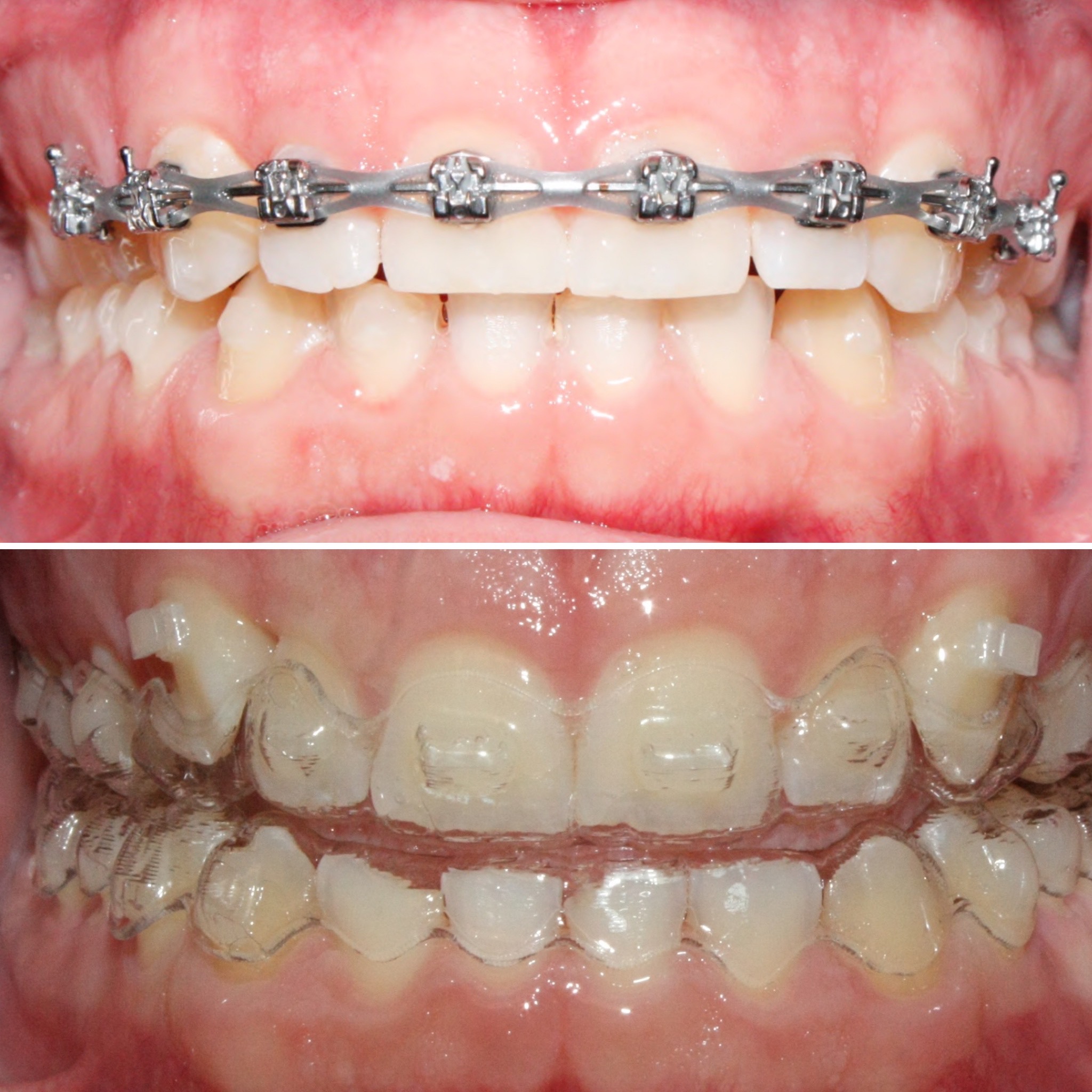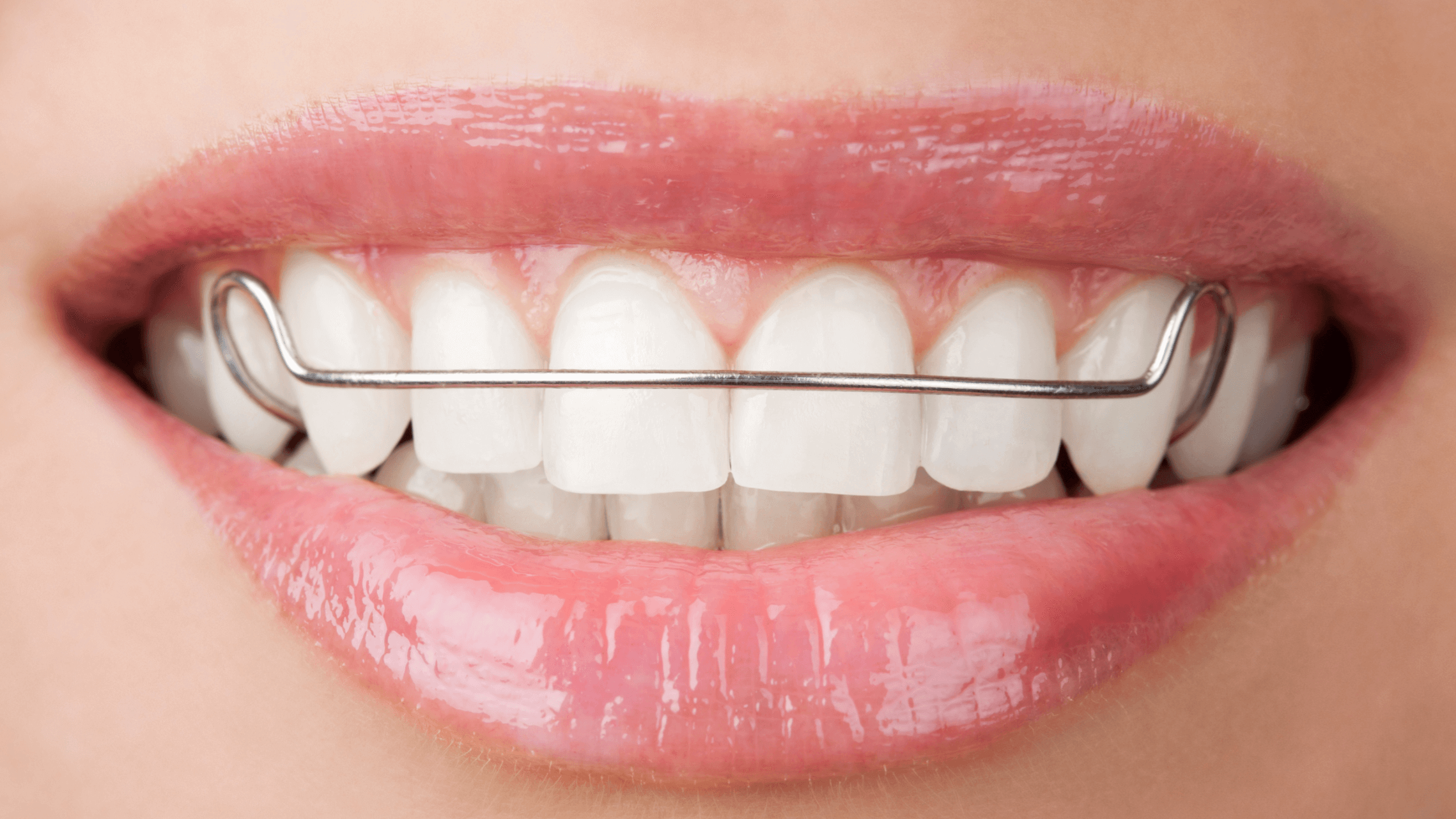Discover the Benefits of Invisalign for a Perfect Smile Change
Discover the Benefits of Invisalign for a Perfect Smile Change
Blog Article
Invisalign vs. Conventional Dental braces: Which Alternative Is Right for You?
When thinking about orthodontic therapy, the option in between Invisalign and traditional braces provides a number of vital aspects that merit careful examination. Invisalign supplies a very discreet option with removable aligners, while typical dental braces provide a more visible yet effective option for serious imbalance. Each alternative encompasses distinct benefits and drawbacks connected to aesthetic appeals, convenience, therapy period, and price. Comprehending these nuances is crucial for making a notified choice that straightens with your individual choices and way of living. The inquiry continues to be: which option will best meet your orthodontic needs and expectations?
Summary of Treatment Alternatives

On the other hand, conventional dental braces consist of steel brackets and cords that are bound to the teeth. This approach uses continual stress with time to accomplish positioning. While effective for complicated orthodontic problems, traditional dental braces need regular visits for changes and can posture challenges in keeping oral health due to the difficulty of cleaning up about wires and brackets.
Both options have their values, and the selection often depends upon particular dental problems, way of living choices, and client compliance. Eventually, getting in touch with an orthodontic expert is crucial for figuring out one of the most appropriate therapy strategy customized to individual requirements. Comprehending the subtleties of each choice can dramatically affect the total success of orthodontic treatment.
Aesthetic Factors To Consider
A substantial variable affecting the selection in between Invisalign and standard dental braces is the aesthetic charm each therapy provides. Invisalign aligners are crafted from clear plastic, making them practically undetectable when put on. This discreet appearance is particularly interesting grownups and teens who may really feel awkward regarding their orthodontic treatment. The ability to preserve an all-natural smile throughout the positioning process can considerably enhance the patient's self-confidence in specialist and social setups.
On the other hand, typical braces contain steel brackets and wires, which can be extra obvious. While developments in orthodontic modern technology have actually brought about the advancement of smaller brackets and colored elastics, standard braces still preserve an even more noticeable account. For some people, the presence of braces may deter them from looking for necessary therapy.
Ultimately, the choice in between Invisalign and conventional braces might hinge on individual choices pertaining to aesthetics. Patients who focus on discernment frequently lean towards Invisalign, while those who are less concerned concerning visibility may select standard dental braces. Comprehending the visual ramifications of each option is crucial for making an educated decision that lines up with one's lifestyle and preferences.
Comfort and Convenience

In regards to ease, Invisalign aligners are detachable, allowing individuals to enjoy their favorite foods without constraint and keep ideal Click This Link oral health. Brushing and flossing are simplified, as the aligners can be obtained throughout these routines, whereas typical dental braces need careful maneuvering around braces and cables.
Furthermore, Invisalign's progressive system enables less orthodontic sees. People usually receive several collections of aligners at the same time, which can improve the treatment process and lower time spent in the orthodontist's chair. In contrast, typical braces demand routine adjustments, making them much less hassle-free for those with active routines. Invisalign. In general, the convenience and comfort of Invisalign make it an appealing option for many people seeking orthodontic therapy.
Therapy Period and Effectiveness
While both Invisalign and conventional dental braces are effective in dealing with dental misalignments, the period of therapy can differ considerably in between the two choices. Normally, Invisalign therapy can take anywhere from 12 to 18 months, depending on the complexity of the instance. The clear aligners function by progressively shifting teeth into their wanted placements, and regular follow-ups with an orthodontist help guarantee progression remains on the right track.
In comparison, conventional dental braces frequently need a longer commitment, normally ranging from 18 months to three years. This is because of their fixed nature and making use of cables and braces, which can be a lot more reliable for intricate instances and serious imbalances (Invisalign). The therapy effectiveness of typical braces is well-documented, as they permit exact changes and greater control over tooth motion
Ultimately, the option in between Invisalign and typical braces may depend upon both the expected therapy period and the certain dental concerns at hand. Consulting with an orthodontist is important, as they can offer customized referrals based on private needs, guaranteeing the chosen method aligns with preferred results and over here durations.
Cost Comparison and Insurance Choices
Expense plays a significant duty in the decision-making procedure for individuals considering orthodontic therapy, whether choosing Invisalign or standard braces. Typically, the expense of Invisalign ranges from $3,000 to $8,000, while standard braces generally set you back between $2,000 and $6,000. Factors affecting these costs consist of the complexity of the situation, the period of treatment, and geographical place.
Numerous oral insurance coverage strategies provide partial protection for orthodontic treatments, but the specifics can differ extensively. Usually, traditional braces might be more often covered by insurance plans contrasted to Invisalign, which some insurers categorize as an aesthetic procedure.
Additionally, several orthodontic practices use versatile payment plans, making both therapy alternatives extra obtainable. People should ask about potential financing choices and discounts for ahead of time settlements. Reviewing the total cost, including insurance coverage benefits and repayment strategies, is crucial for making an informed choice that lines up with both aesthetic preferences and budget plan factors to consider.
&srotate=0)
Verdict
In recap, the choice in between Invisalign and typical dental braces hinges on multiple elements, consisting of visual preferences, comfort, therapy duration, and cost. Invisalign provides a discreet, removable option that assists in oral hygiene and nutritional flexibility, while standard braces might be preferable for complicated dental issues and often come at a lower price factor. Eventually, examination with an orthodontist is necessary to examine individual scenarios and figure out the most ideal treatment option for achieving optimum dental alignment.
When taking into consideration orthodontic therapy, the option in between Invisalign and conventional dental braces provides numerous essential variables that warrant cautious examination.Comparing Invisalign and standard braces exposes distinct therapy options for orthodontic correction.While both Invisalign and standard braces are efficient in dealing with dental imbalances, the duration of therapy can differ considerably in between the two alternatives.Cost plays a substantial role in the decision-making process for people thinking about orthodontic therapy, whether choosing for Invisalign or traditional braces.In recap, the selection between Invisalign and standard braces hinges on numerous factors, including aesthetic choices, comfort, treatment period, and price.
Report this page